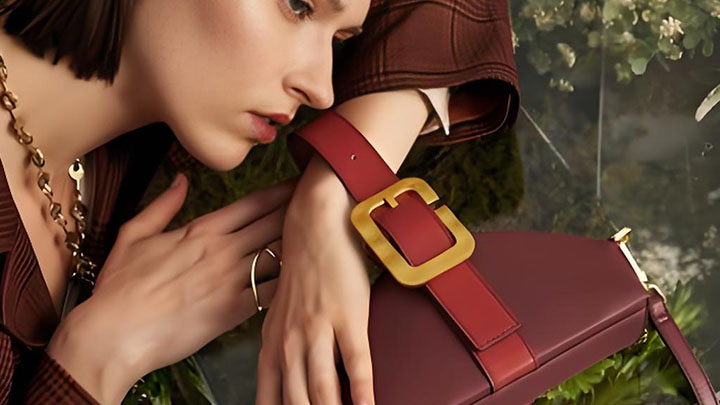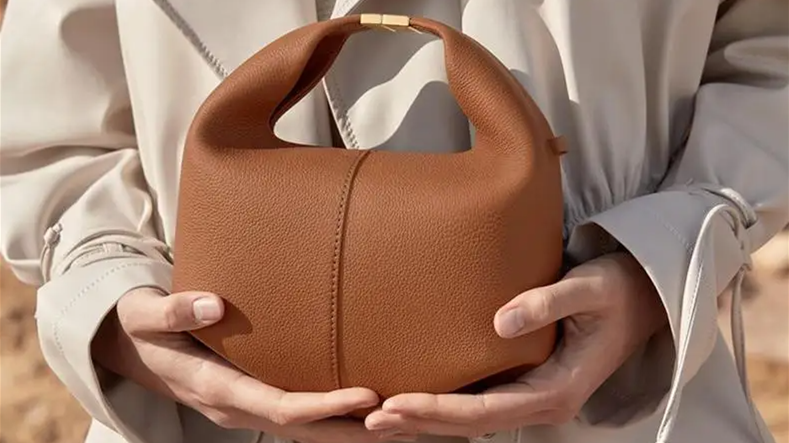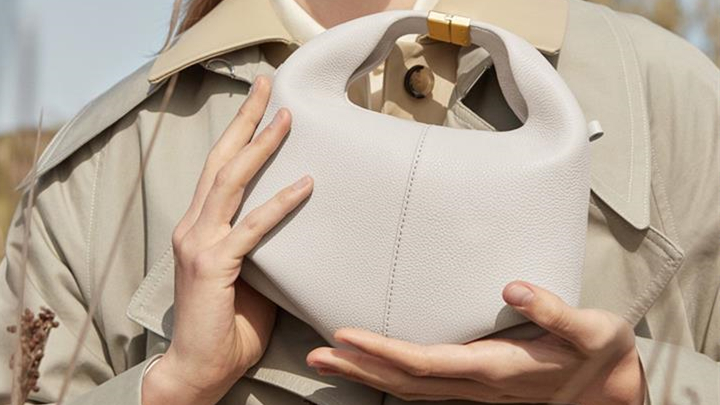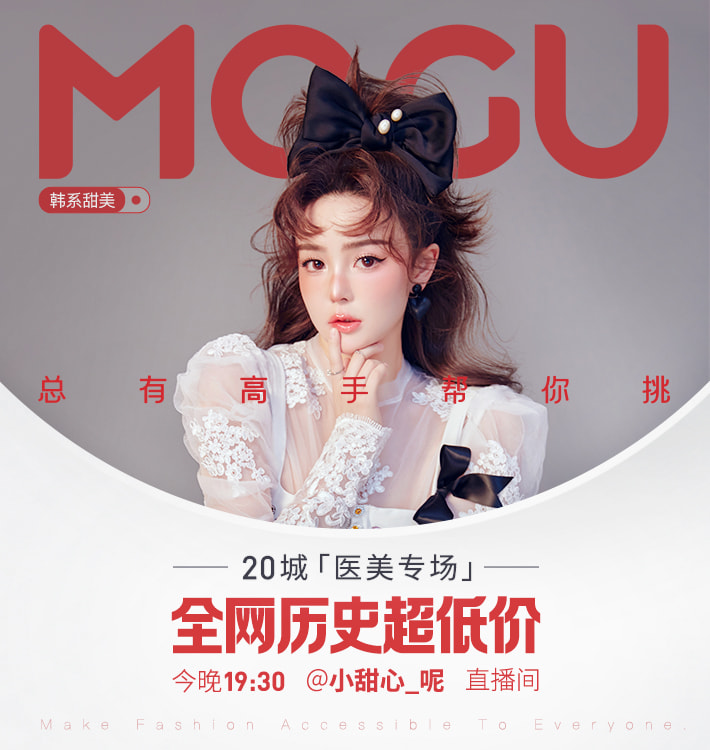How to Choose a Designer Handbag: A Complete Guide
A designer handbag is more than just an accessory—it’s an investment in style, quality, and personal expression. With so many luxury brands and styles available, choosing the perfect designer bag can be overwhelming. Here’s a guide to help you make an informed decision when selecting a designer handbag.
1. Define Your Purpose
Consider what you need the bag for:
- Everyday Use: Opt for a sturdy, versatile bag with enough space for essentials. Classic totes or crossbody bags work well.
- Special Occasions: Choose an elegant clutch or a small, structured handbag that complements formal attire.
- Travel: Look for durable materials and practical designs, such as a spacious shoulder bag or a chic backpack.
2. Set a Budget
Designer handbags vary greatly in price:
- Understand Value: Higher prices often reflect quality materials, craftsmanship, and brand reputation.
- Investment Potential: Certain brands and limited-edition pieces may appreciate over time, making them worthwhile investments.
- Stick to Your Budget: Avoid overspending by knowing your financial limits and researching options within your price range.
3. Choose the Right Brand
Different brands offer distinct styles and prestige:
- Classic Brands: Chanel, Louis Vuitton, and Hermès offer timeless designs that rarely go out of fashion.
- Trendy Options: Brands like Gucci and Balenciaga provide bold, contemporary styles.
- Quality Focus: Consider brands known for their craftsmanship, such as Bottega Veneta or Celine.
4. Select the Right Material
Material affects durability, maintenance, and overall appearance:
- Leather: A classic choice, offering durability and a luxurious feel. Options include calfskin, lambskin, and exotic leathers.
- Canvas: Lightweight and durable, often used by brands like Louis Vuitton for their signature patterns.
- Synthetic Materials: Easier to maintain and often more affordable, but may lack the prestige of natural materials.
5. Consider the Design and Size
The bag’s design should suit your needs and style:
- Structure: Structured bags maintain their shape and look polished. Soft, slouchy bags offer a more relaxed vibe.
- Size: Ensure the bag is spacious enough for your essentials but not overly bulky. Consider your height and body type for proportion.
- Compartments: Look for functional compartments and pockets for better organization.
6. Evaluate Craftsmanship and Quality
Attention to detail is key in luxury handbags:
- Stitching: Inspect the stitching for consistency and strength. Uneven or loose stitches can indicate poor quality.
- Hardware: Check zippers, clasps, and other metal details for durability and smooth operation.
- Interior Lining: A high-quality interior lining, often made of leather or premium fabric, enhances durability and luxury.
7. Choose a Timeless Style
Opt for designs that will remain fashionable:
- Classic Colors: Neutral tones like black, beige, or brown are versatile and never go out of style.
- Iconic Designs: Consider bags with a long-standing reputation, such as the Chanel 2.55 or the Hermès Birkin.
- Minimalism Over Trends: Trendy bags can quickly go out of fashion. A classic design ensures longevity.
8. Authenticity Matters
Ensure you’re buying a genuine product:
- Purchase from Authorized Retailers: Buy directly from boutiques, official websites, or reputable department stores.
- Check for Authenticity Cards: Most luxury brands include authenticity cards and serial numbers.
- Examine Details: Verify logos, stitching, and craftsmanship against known standards.
9. Consider Resale Value
Some designer bags appreciate in value:
- Limited Editions: Exclusive releases or rare colors often gain value over time.
- Popular Styles: Classics like the Hermès Kelly or Louis Vuitton Speedy retain high resale value.
- Condition: Keeping your bag in excellent condition increases its resale potential.
10. Try Before You Buy
Experience the bag in person if possible:
- Test Functionality: Check the weight, strap length, and ease of opening and closing.
- Feel the Material: Assess the texture and quality of the leather or fabric.
- Visualize with Outfits: Ensure it complements your wardrobe and personal style.
Conclusion
Choosing the perfect designer handbag requires thoughtful consideration of your lifestyle, budget, and personal preferences. By focusing on quality, functionality, and timeless style, you can select a bag that not only enhances your wardrobe but also stands the test of time. Treat your designer handbag as an investment in both fashion and craftsmanship, and it will reward you with years of elegance and satisfaction.




